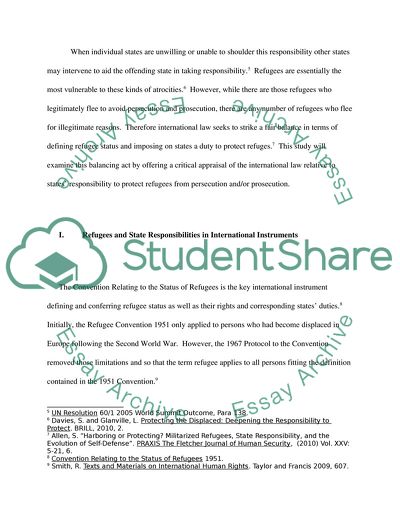Cite this document
(State Protection Refugees Fleeing From Prosecution Term Paper, n.d.)
State Protection Refugees Fleeing From Prosecution Term Paper. Retrieved from https://studentshare.org/sociology/1747268-the-responsibility-of-states-for-protecting-refugees-fleeing-from-prosecution
State Protection Refugees Fleeing From Prosecution Term Paper. Retrieved from https://studentshare.org/sociology/1747268-the-responsibility-of-states-for-protecting-refugees-fleeing-from-prosecution
(State Protection Refugees Fleeing From Prosecution Term Paper)
State Protection Refugees Fleeing From Prosecution Term Paper. https://studentshare.org/sociology/1747268-the-responsibility-of-states-for-protecting-refugees-fleeing-from-prosecution.
State Protection Refugees Fleeing From Prosecution Term Paper. https://studentshare.org/sociology/1747268-the-responsibility-of-states-for-protecting-refugees-fleeing-from-prosecution.
“State Protection Refugees Fleeing From Prosecution Term Paper”, n.d. https://studentshare.org/sociology/1747268-the-responsibility-of-states-for-protecting-refugees-fleeing-from-prosecution.


